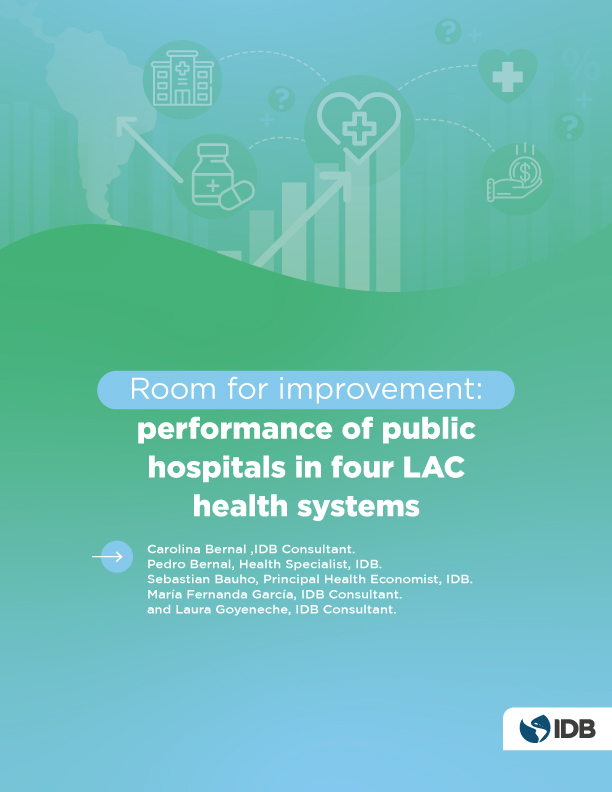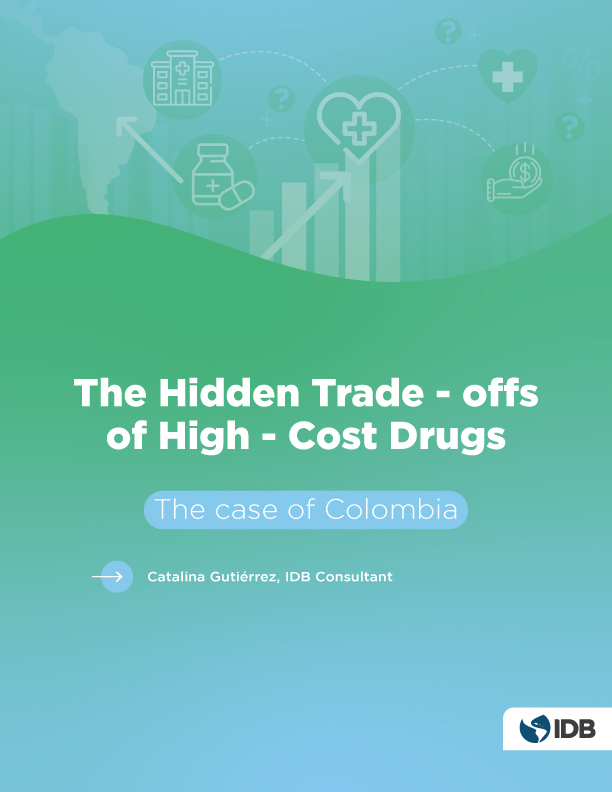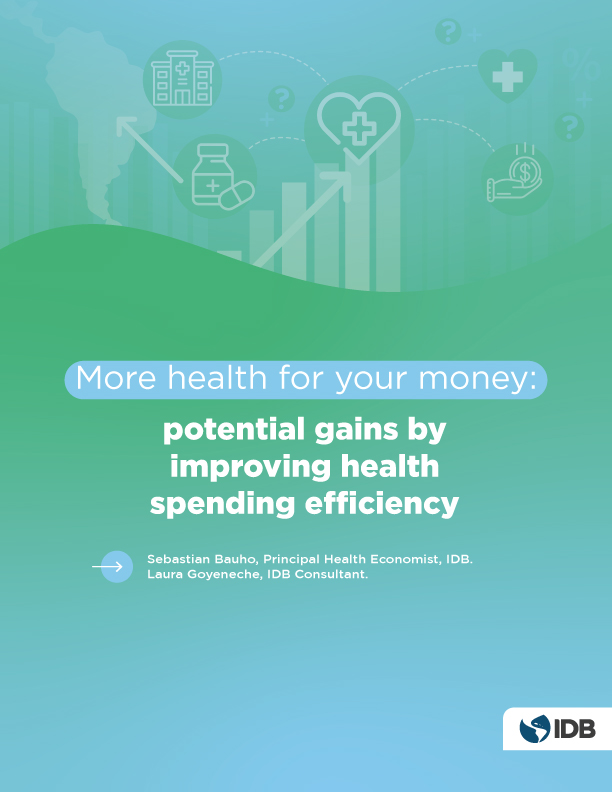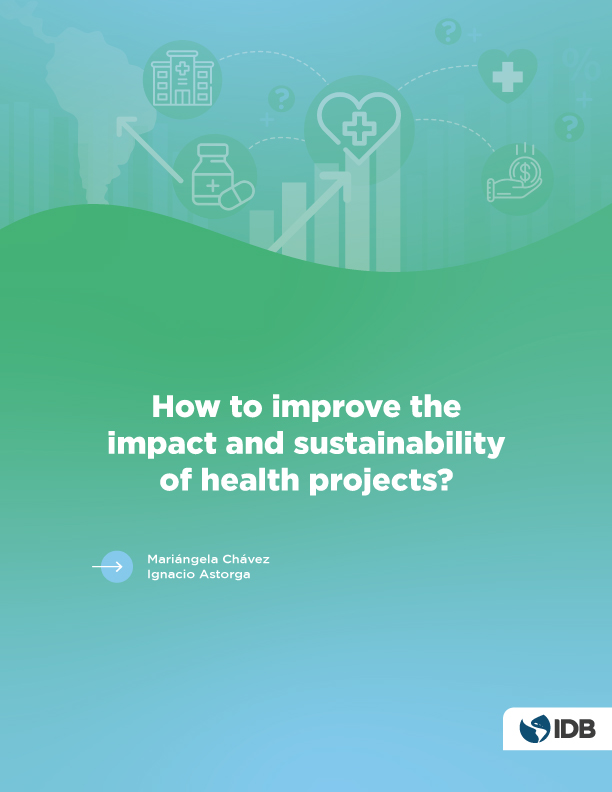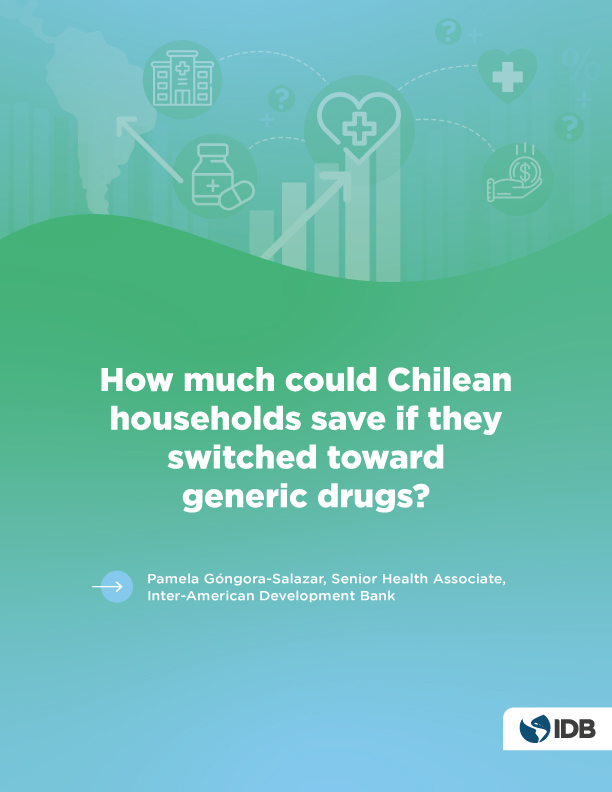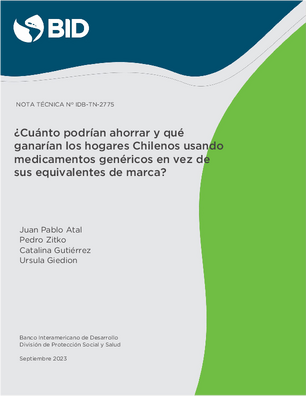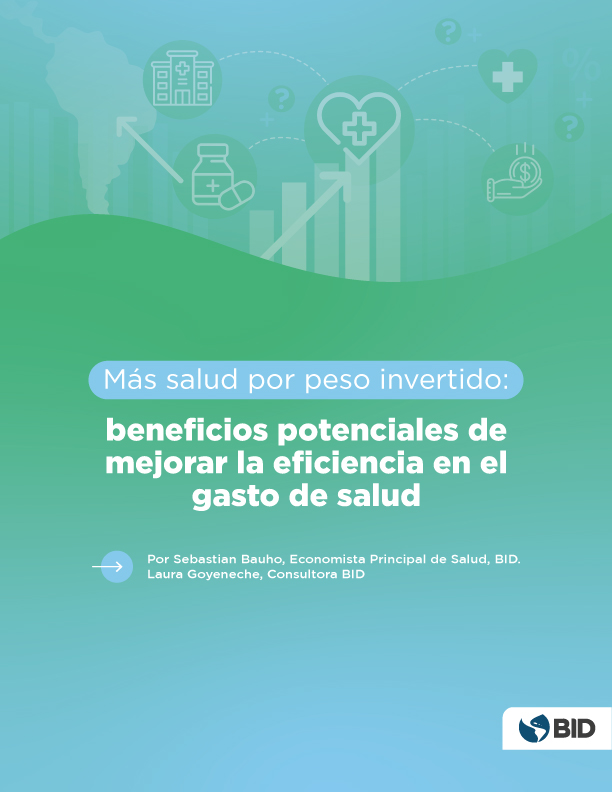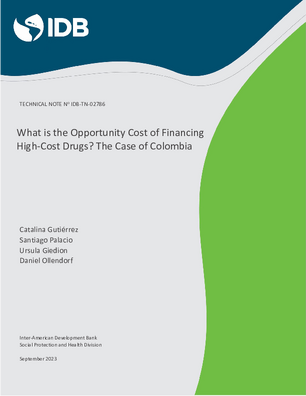Welcome to our library! Here you will find IDB publications on Health Technology Assessment (HTA), Health Benefit Plans (HBP), pharmaceutical policy, drugs and medical devices regulation, catastrophic funds, and horizon scanning, among others. We classify our publications into three categories: books, policy documents, and technical notes.
The collection presented here contains all our English publications. If you would like to access our full collection of publications, please visit the Spanish version of our website by changing the language in the upper right corner of this site.
We find ourselves in a fortunate yet challenging situation: we have access to more beneficial health technologies than we can afford to finance. However, this increased availability, coupled with an ageing population and epidemiological changes, is straining health spending worldwide. To ensure that higher spending actually maximizes benefits, it is crucial for this growth to be sustainable, to not divert resources from other important investments and to be in line with the goals of the health system. Given limited resources, allocating funds to one technology means forgoing allocation to others. Like many Latin American countries, Colombia grapples with the financial burden of covering high-cost drugssome of which are highly-effective, while others show reduced clinical effectiveness. Each of these drugs carries an opportunity cost in terms of the health gains lost by allocating these resources elsewhere.
To achieve this, we analyzed ten drugs selected based on their significant budgetary impact or high cost per case. These drugs were oncologic, for autoimmune and orphan diseases, and one for diabetes. In Colombia, financing these drugs instead of the best available alternatives results in an additional cost of US$453 million for the duration of treatments for all current recipients. The quality adjusted life years (QALY) provided by these technologies average (per patient and for the duration of the treatments) is less than a year of perfect health (0.73 QALY). Alternatively, if these resources were redirected to expand and enhance existing health system services, the net gain would amount to 88,000 life years in perfect health.
In other words, defunding certain services to finance the ten selected high-cost drugs would result in Colombians losing 88,000 life years of perfect health. In this article, we aim to quantify the opportunity cost of financing high-cost drugs in Colombia
In the last decades, there has been a remarkable increase in therapeutic innovations, many of which have significantly improved life expectancy and quality of life for populations. However, they have also placed pressure on health systems, increasing the need to prioritize interventions in line with the goals of those systems.
Determining coverage and financing in solidarity-based systems with limited resources is a complex challenge. To make this task easier, analytical methods have been developed over the last two decades to quantify intervention benefits and determine the extent to which an investment provides value in terms of the systems goals, beginning with reducing mortality and improving quality of life.
In this context, the evaluation of health technologies and the economic evaluation of health technologies have played an important role in informing decisions regarding their coverage. Firstly, there is a need to prove the clinical and therapeutic benefits of these technologies (and to quantify them). Secondly, there is a consensus that understanding a technologys value requires evaluating it in the context of all alternative possible uses in the system to the resources it demands. In other words, the additional Benefit must be compared to its opportunity cost, defined as the health benefits foregone by investing resources in that technology instead of another within the system.
This article quantifies the opportunity cost, in terms of population health, of the coverage and purchases of high-cost drugs for the Dominican Republic. After this introduction, in section 2 we present the countrys drug coverage context; in section 3 we discuss the methodology used to estimate the opportunity cost; in section 4 we present the evaluation results; and in section 5 we provide our main conclusions and lessons learned.
